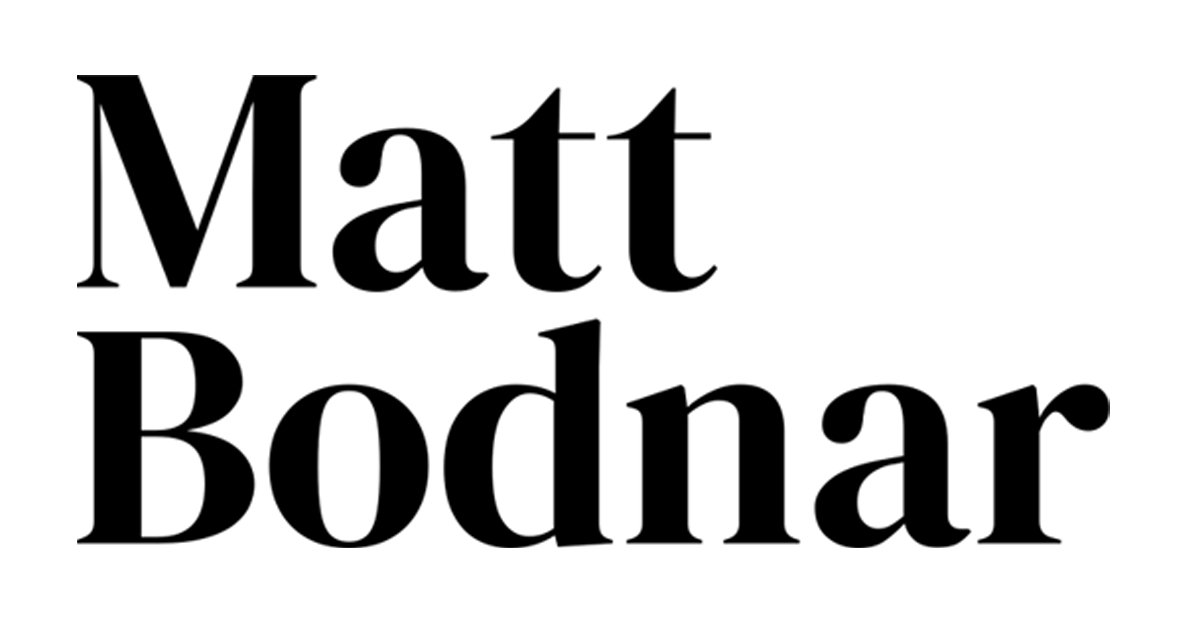- Matt Bodnar
- Posts
- Roll-Ups 101: How to Scale Fast by Acquiring Multiple Businesses
Roll-Ups 101: How to Scale Fast by Acquiring Multiple Businesses
If you’re serious about growth in 2025, a roll-up strategy might be the smartest move you can make. Instead of grinding out organic growth year after year, roll-ups allow you to scale fast by acquiring multiple businesses in the same industry and consolidating them into a larger, more valuable entity.
Let’s break down what roll-ups are, why they work, and how you can leverage them.
What Is a Roll-Up?
A roll-up is when an investor or company acquires multiple smaller businesses in the same industry and combines them into one larger organization. The goal? To create a more efficient, scalable, and valuable company than any of the individual businesses could be on their own.
Instead of growing one business slowly, you buy multiple companies, integrate them, and unlock synergies like:
✔ Cost savings
✔ Operational efficiencies
✔ Greater market power
✔ A higher valuation multiple
How Roll-Ups Create Value
Economies of Scale
Buying power increases, allowing for better supplier pricing.
Centralized operations (HR, finance, marketing) reduce costs.
Revenue Synergies
Cross-selling opportunities between acquired companies.
Expanding service offerings without building from scratch.
Multiple Arbitrage
Smaller companies often sell for lower multiples (e.g., 4x EBITDA).
A larger, integrated company commands a higher multiple (e.g., 7x EBITDA).
The value of the whole becomes greater than the sum of its parts.
How a Roll-Up Works in Practice
Imagine you’re in the commercial cleaning industry and you acquire five smaller janitorial businesses:
Each company does $2M in revenue and sells for 4x EBITDA.
Once integrated, the combined business has better margins, more customers, and stronger brand power.
Instead of being valued at 4x EBITDA, the new entity commands a 7x multiple.
By consolidating these businesses, you’ve instantly increased enterprise value—without needing new customers or products.
The Roll-Up Process: Step by Step
Pick the Right Industry
Look for fragmented industries where competitors are small and independent (e.g., home services, healthcare, IT services).
Set Clear Acquisition Criteria
Target businesses with recurring revenue, strong margins, and owner fatigue.
Avoid operational nightmares unless you’re confident you can fix them.
Execute Acquisitions Efficiently
Find motivated sellers (often retiring owners or burnt-out operators).
Negotiate favorable deal structures (seller financing, earnouts, rollovers).
Integrate and Optimize
Standardize operations to cut costs and improve efficiency.
Implement shared technology, marketing, and admin functions.
Scale and Exit
Once you’ve reached the right size and profitability, you can sell to a strategic buyer or private equity firm at a premium multiple.
The Takeaway
Roll-ups are one of the most powerful M&A strategies for rapid growth and value creation. By acquiring multiple smaller businesses, integrating them, and leveraging economies of scale, you can build a much larger, more valuable company—faster than organic growth alone.
Interested in exploring a roll-up strategy for 2025? Let’s connect and talk through your options.
-Matt
Get Your Free, Personalized M&A Roadmap
Ready to buy a business but not sure what steps to take next? Don’t go it alone.
Our Complimentary M&A Roadmap is designed specifically for aspiring business buyers like you. This custom-tailored plan will give you clarity on your next moves, actionable steps, and expert insights to get you closer to owning the business you’ve been dreaming about.
Let’s make it happen.
Click below to book a free call with my team and get your personalized roadmap. The first step to owning a business starts here.
